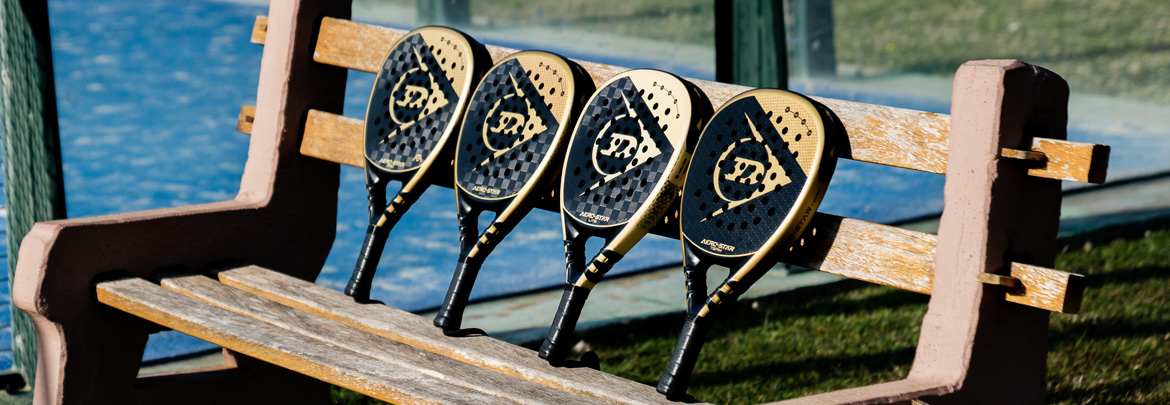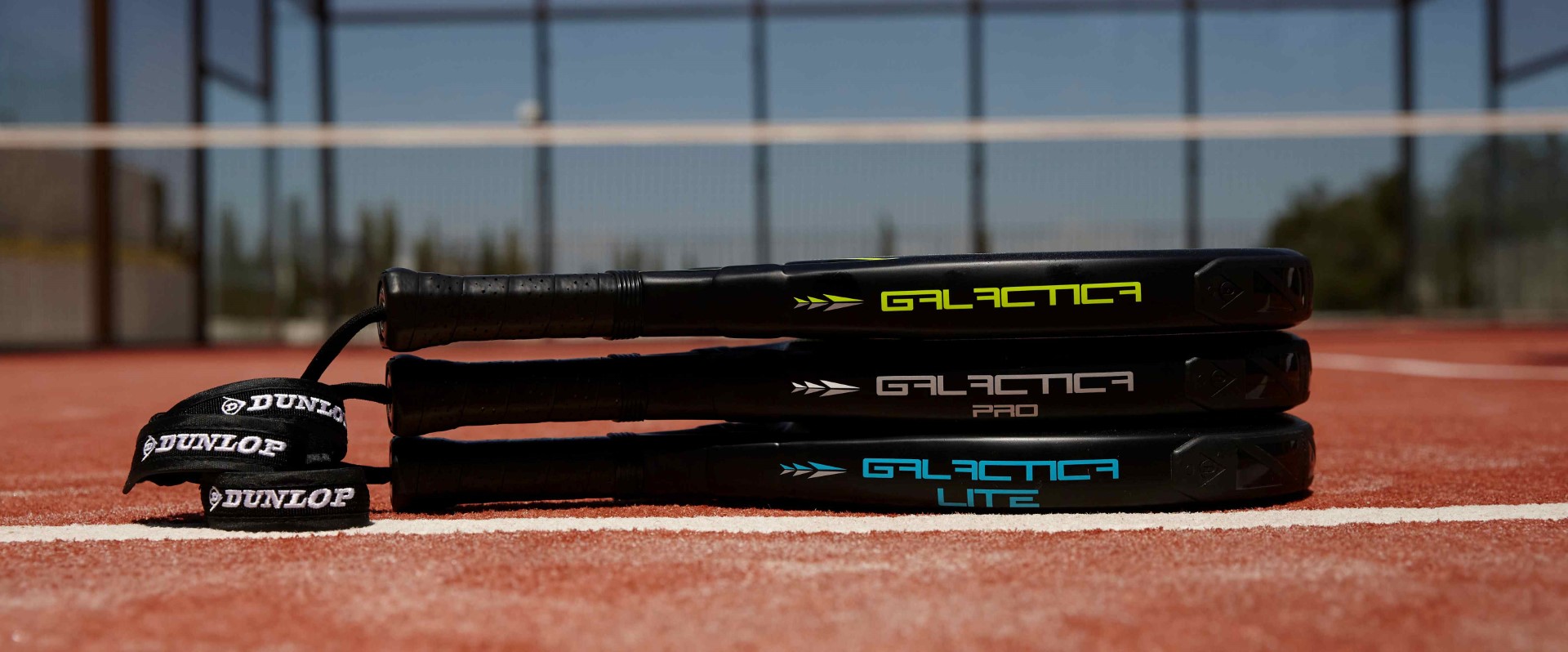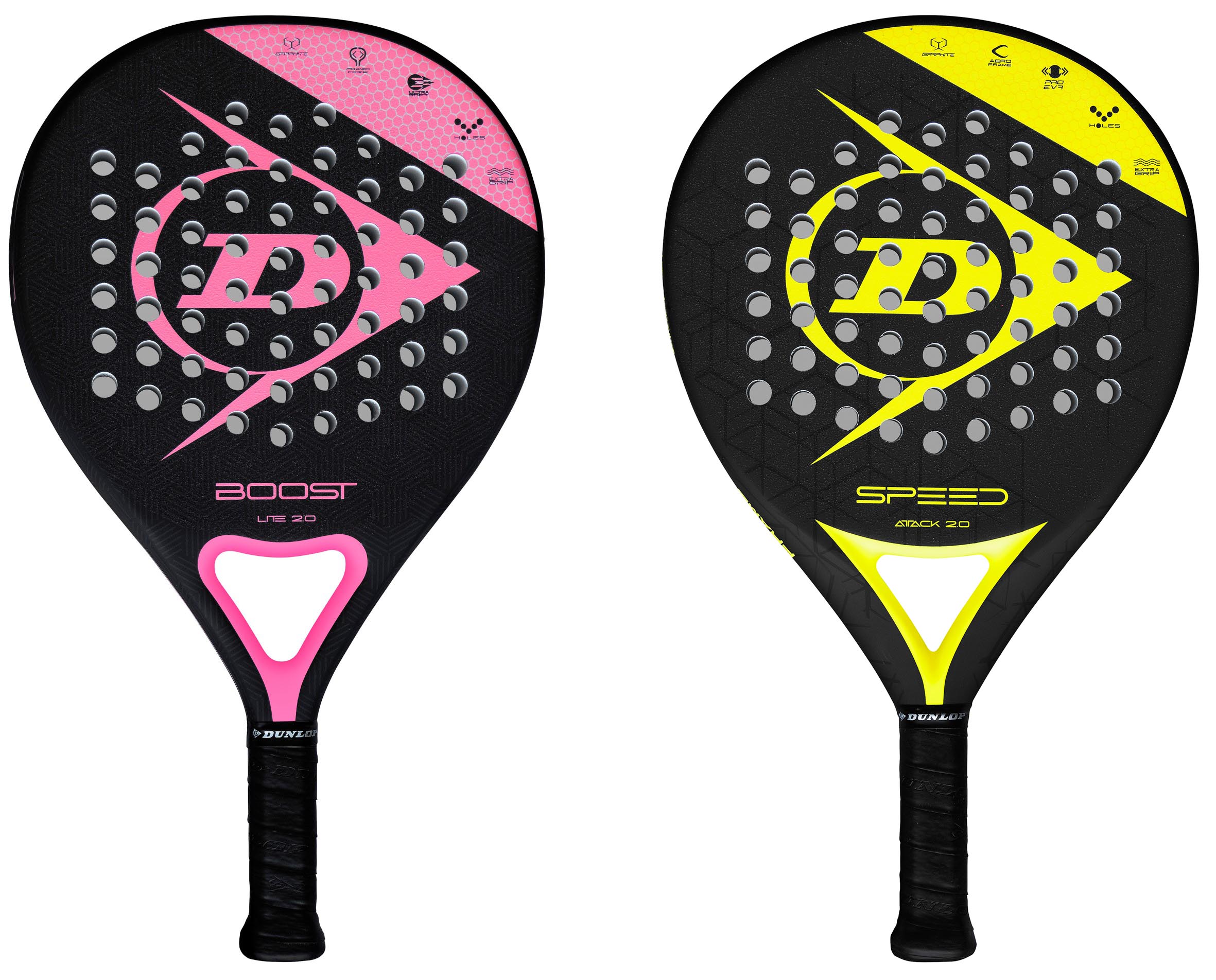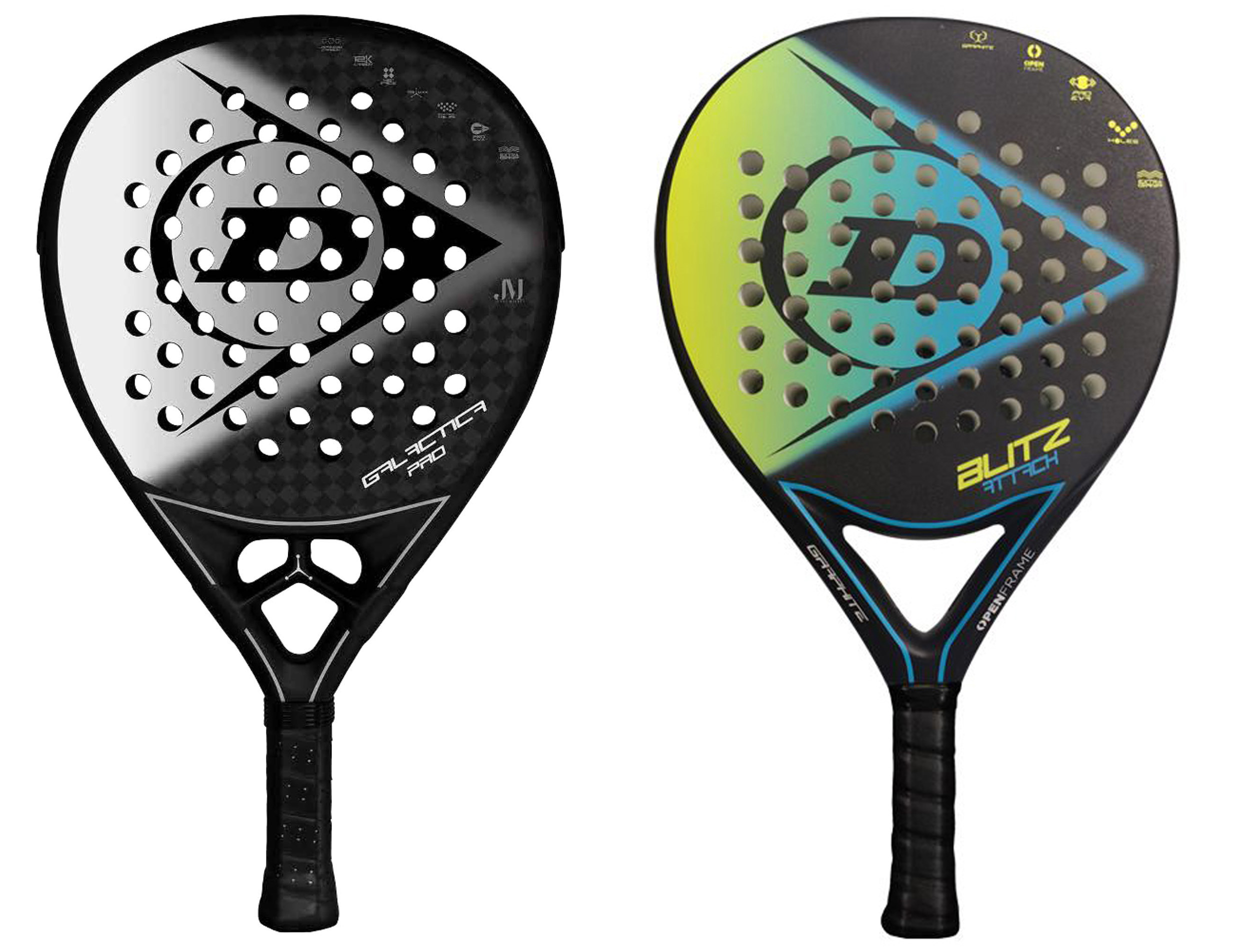





Choosing a padel racket might be the biggest issue that a padel player would face. With different materials, shapes, brands, weights, etc, it is very likely to feel a bit lost.
It is very important to find an adequate padel racket for your level and needs. Playing with the best padel racket for you will not only strengthen your performance and make you fully enjoy the game, but also prevent arm injuries. Before focusing on the technical aspects of a padel racket, we should define the different levels of the game and the primary requirements.

As your technique is in progress, you will need an “easy-to-play” padel racket, which is pretty light and manoeuvrable and offers enough control to put the ball in a good spot. There's no need to buy the racket of a world-class player in the beginning because it might slow your improvement.
Your style of game is not defined yet, and you may look for a versatile padel racket to face any game situation. You should look for a racket with a good mix of power and accuracy.
It depends on your game style. You’ll surely want a padel racket with ultimate power and maximum control, but some other characteristics require more attention.
A Padel Racket is Like a Recipe Where the Ingredients Are: The Shape, The Balance, The Weight, and The Material.
Round-shaped padel rackets are the easiest to play with. They have a large sweetspot in the centre of the racket (sweetspot is the area where the ball has the best response).
Round-shaped rackets provide excellent control, which is considered a great asset for casual and defensive padel players.
However, it is not true that round padel rackets are only for beginners. Stupa, Alex Ruiz and Lamperti, all of whom are world-class players, use round padel rackets.

This is a mix between the round and the diamond shape. Teardrop-shaped padel rackets are polyvalent, balanced, versatile and offer a perfect combination between power and control. The sweetspot is a bit higher than round rackets, but larger than diamond rackets.
These padel rackets are suitable for players who don't have a specialized game yet (defensive or offensive). Juani Mieres and Marta Borrero use teardrop-shaped rackets.

With a limited sweetspot closer to the top, diamond-shaped padel rackets are clearly the most powerful, and they are the favourite of most professional players, such as Ramiro Moyano and Teresa Navarro, because they can skilfully hit the ball with any part of the racket. For a beginner, the risk of error is quite high.
Diamond-shaped padel rackets are a perfect fit for offensive-oriented players, especially those playing on the left side. The downside is they are hard to manoeuvre. They can also cause arm fatigue for non-trained players.

Balance plays a great role in the manoeuvrability of a padel racket. It refers to how the weight of the racket is distributed between the grip and the head of the racket. We can divide padel rackets into 3 categories according to their balance:
The weight is mainly located close to the grip, which helps for quick reactions and control. Round padel rackets are usually low balanced, making them easy to handle, manoeuvrable and comfortable to play with.

The weight of the racket is dispersed in a way that provides versatility and a balance between power and control. Teardrop rackets usually have a medium balance.

The racket offers a maximum amount of power, but is tougher to manipulate. The weight is situated at the top, which might cause elbow injuries. It is usually the characteristic of diamond rackets.

It is one of the most important factors when choosing a padel racket. You should know that there’s no ‘’correct’’ weight; it depends on your style of play and your physics.
Most padel rackets for adult players weigh between 350g and 380g. What you should know is that more weight would obviously mean more power but less control. We can divide the rackets into 2 categorie
Below 370g
The racket is easier to handle, better suited for reaction volleys but less powerful. It offers a lot of manoeuvrability and control. We recommend it for beginners to help them learn the correct technique with ease, and also for players with arm injuries.
Over 370g
The racket provides more power but is also less manoeuvrable and less control-oriented. A heavy racket will be more efficient for the offensive game, but needs excellent physical skills. Otherwise, you should expect elbow and wrist pain. It is recommended for advanced and experienced players.
For women, padel rackets usually weigh between 350g and 365g.
Junior rackets are even lighter (around 330g).

SURFACE
We can distinguish between one padel racket and another based on how hard the surface of the racket is. We aim here to test the flexibility of the materials of the surface when the ball hits it, which changes the feeling and the touch. It is not directly related to the generated power. Two categories might be presented.
They are usually made of fiberglass. The racket absorbs most of the energy and minimizes the vibrations. It offers a lot of touch and feeling to your shots, which brings comfort, thus making it a good alternative for beginners.
You will feel that the racket is hard and not that flexible. These padel rackets are made of carbon, which also means more resistance and durability. More vibrations might be there, but also more control. This type of racket is recommended for advanced players with good technique.

CORE
It refers to the materials used to create the internal part of the racket. We have two main materials:
A soft material known for its comfort, used for padel rackets with soft fibers on the Impact Surface. It is very flexible.
It is used for its ability to come back quickly to its initial position after impact. It's lightweight and is resilient to high temperatures. It offers more durability and less flexibility.